
This is a series showcasing Toyota's research in non-automotive fields. For this installment, we spent some time on the turf.

Did you know that the lawns found in parks and golf courses capture roughly the same amount of CO₂ as forests?
The astonishing fact is that grass growing to mere centimeters absorbs carbon dioxide on a similar scale to large trees. By sequestering this CO₂ in the soil, lawns work hard for the environment even as they are trampled under countless human feet.
And lawns don’t need to be golf course-sized to have an impact; they can be grown on rooftops and even the walls of buildings, expanding our possibilities for decarbonizing urban areas.
What’s more, greening spaces by laying turf instead of asphalt can drastically reduce ground temperatures, helping to alleviate the heat island effect.
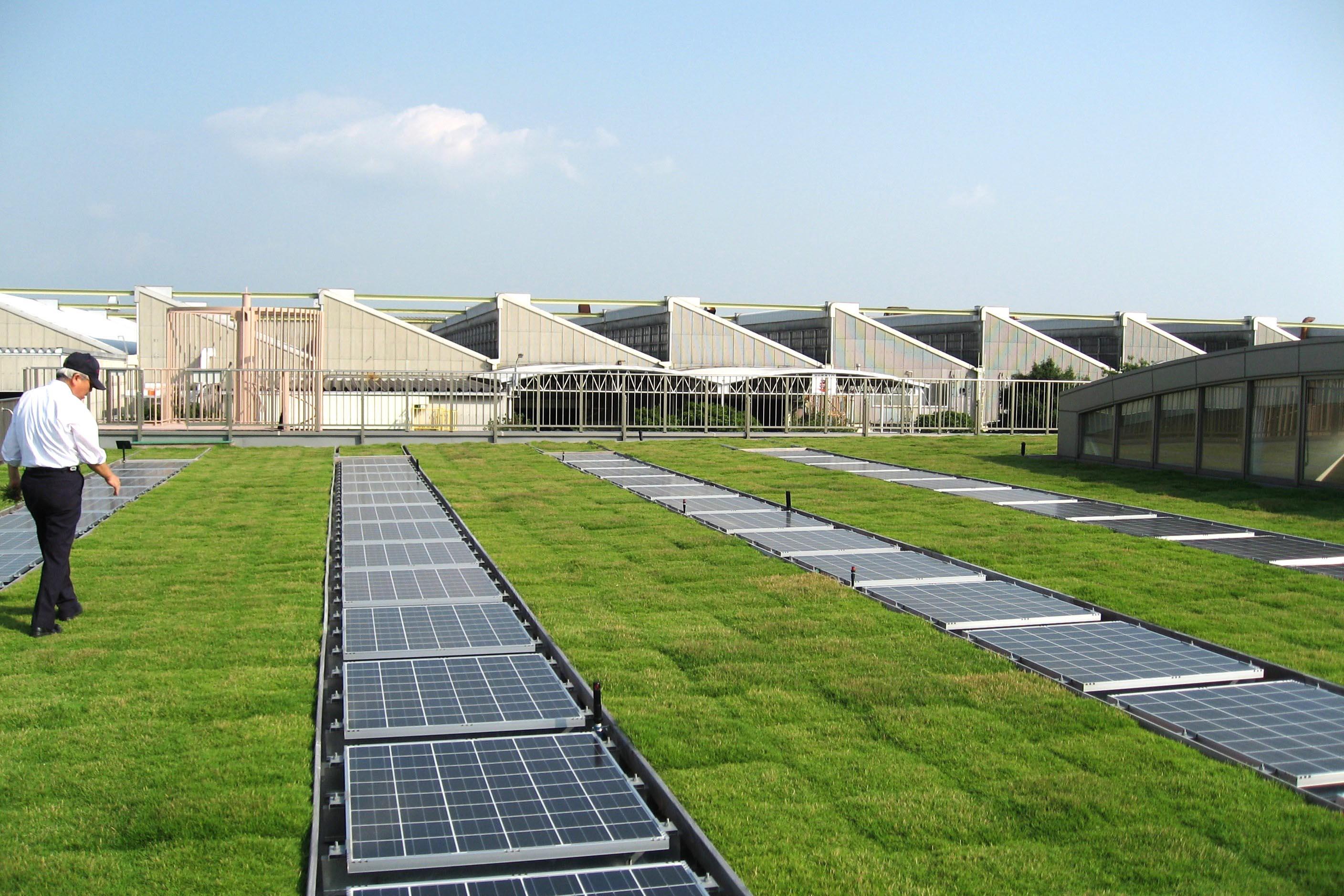
But why are we talking about grass in the first place? As it turns out, not just Toyota’s cars are going green.
Plant-based air purifiers
According to one developer, “Toyota has been cultivating plants for a long time.”
Kunio Matsui, Project General Manager, Agriculture & Biotechnology Business Dept., New Business Planning Div.
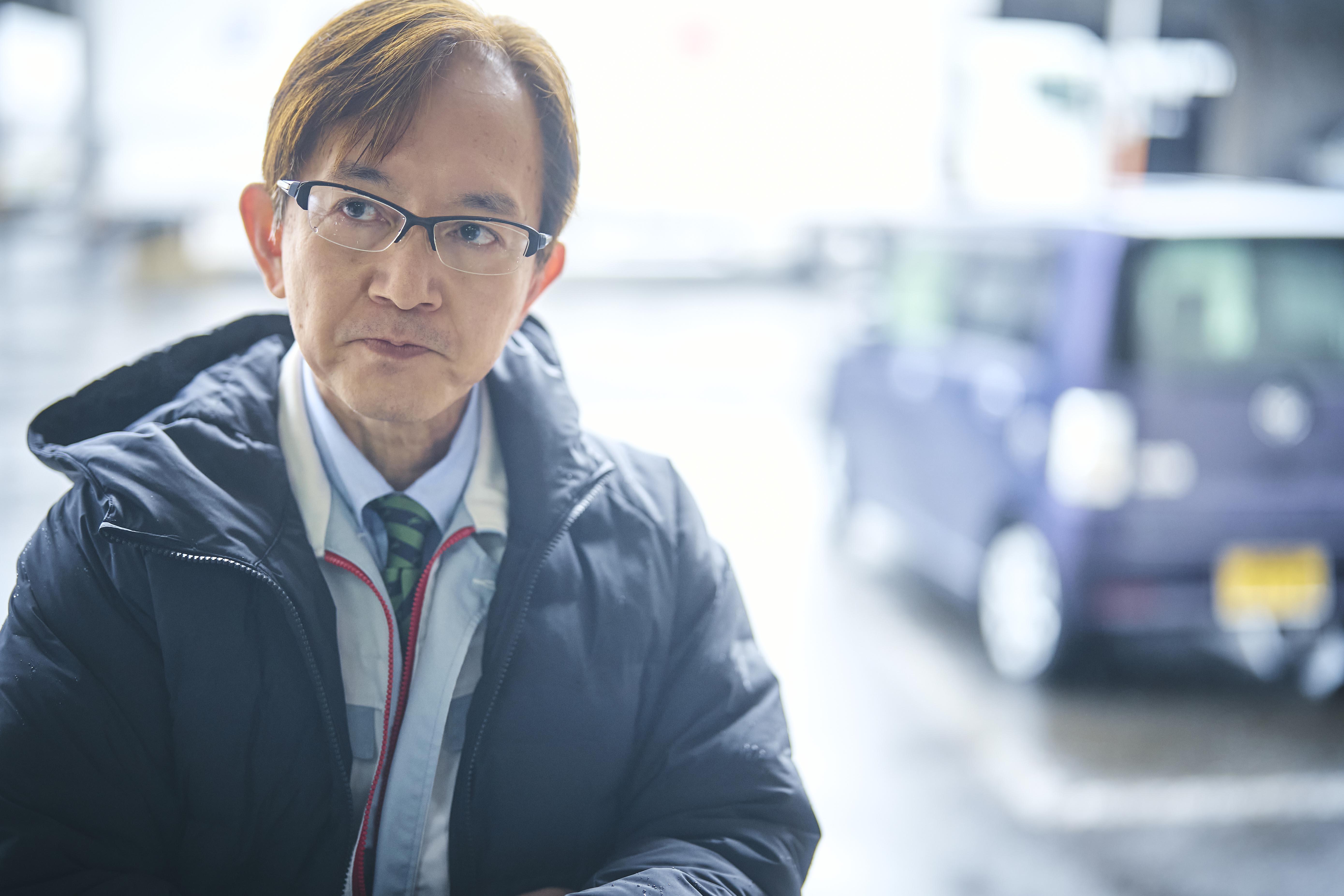
Toyota has been conducting fundamental biotech-related research since the late 1980s. Back then, my research looked at countering atmospheric pollution by using plants to clean the air.
Gardenias and other varieties can be bred for larger stoma to promote the absorption of NO2 gas, an air pollutant.
That’s right. There are plants that work like air purifiers! According to Matsui, such plants were once sold by Toyota affiliates.
In 2000, the company started developing grasses. This move was sparked by a request from staff at Chubu Centrair International Airport, which was then preparing to open its doors. They wanted to reduce the work involved in managing lawns around runways and asked Toyota to create a type of grass that required less frequent mowing and was easier to maintain.
Matsui worked at breakneck speed, developing a new, easy-to-manage variety of Zoysia tenuifolia, TM9. While it didn’t reach mass production in time for Centrair’s opening in 2005 and was not adopted in runway areas, TM9 was selected for the Japanese gardens covering some 700 m 2 of the airport grounds.
Matsui’s new variety was also used to create the rooftop greenery for the Toyota Group Pavilion at Expo 2005 Aichi before being made available for general sale.
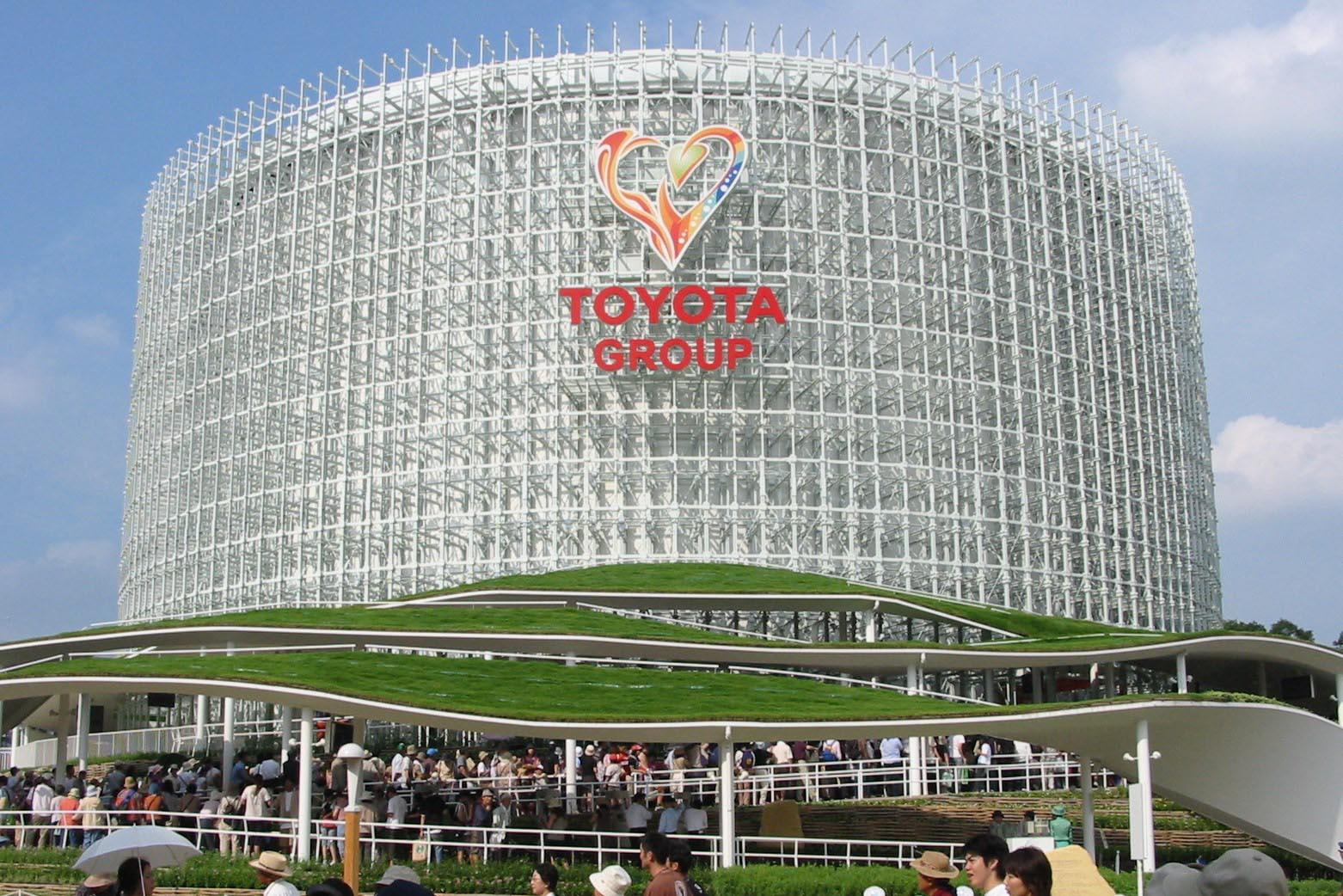
What’s so great about low-growing grass?
A key feature of TM9 is its short stature. Whereas the Zoysia grass commonly used for lawns grows around 10 cm tall, TM9 tops out at about 5 cm. This brings some amazing benefits.

The hardest aspect of managing a lawn is mowing. While standard Zoysia lawns need to be mowed three to five times a year, the short-blade TM9 makes do with just once or twice. Maintenance becomes a breeze.
Less mowing also means less CO₂ emitted from lawn mower fuels. With fewer grass clippings to incinerate, emissions fall even further.
And since turf that is cut less frequently retains more nutrients in the leaves, these lawns need less than half the usual amount of fertilizer. Given that fertilizer production is energy-intensive, using less also reduces the CO₂ emissions related to the manufacturing process.
The merits stack up one after another. And, at the risk of exhausting our readers, that is not all...
An essential element for plant growth is nitrogen fertilizers. However, nitrogen that is not completely absorbed by the grass is expelled as N₂O, a gas 310 times more potent than carbon dioxide when it comes to atmospheric warming. Thankfully, these emissions can also be slashed.
Incredibly, compared to conventional Zoysia grass, TM9 can reduce greenhouse gas emissions by more than half.
Alongside the environmental aspects, Toyota’s turf has other considerable advantages, not least the cheaper maintenance costs and relief from midsummer mowing duties.
A workplace full of surprises
The TM9 project was the work of five Agriculture & Biotechnology Business Department members. Among them was Makoto Naruse, who says he was “stunned to find such a unit at Toyota.”
After spending more than two decades making cars on the factory floor, agriculture presented an entirely different field (excuse the pun). Naruse began learning by rolling up his sleeves, the genchi genbutsu way.
Makoto Naruse, Senior Expert, Agriculture & Biotechnology Business Dept., New Business Planning Div.
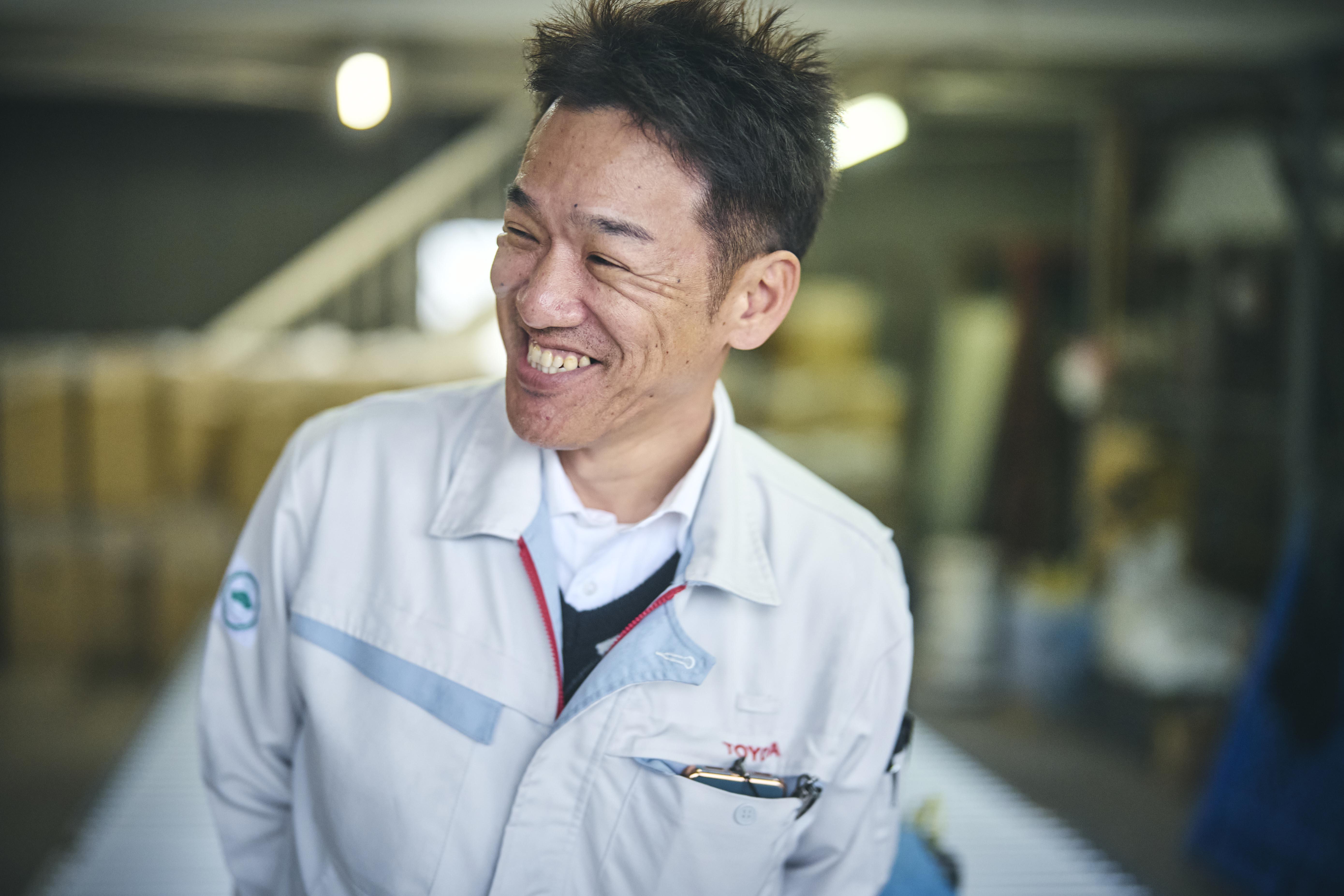
I spent eighteen months growing vegetables on a vast plot in Gifu Prefecture. The hot summer days were tough—hotter than melting aluminum in the factory (laughs).
Naruse spent his days searching for ways he could improve agricultural tasks to make life easier for farmers. Without that firsthand experience, he could hardly tell professional producers what to do. Agriculture is thought to involve a lot of waste, but figuring out where that waste lies is far from simple.
Naruse
For example, even when growing the same crop, each producer uses a different amount of fertilizer. If we could standardize that through TPS (Toyota Production System), we would improve both work efficiency and crop quality.
This is where Naruse comes in, drawing on his years of working at Toyota’s manufacturing plants. Even when describing the difficulties he faced, his joy is evident.
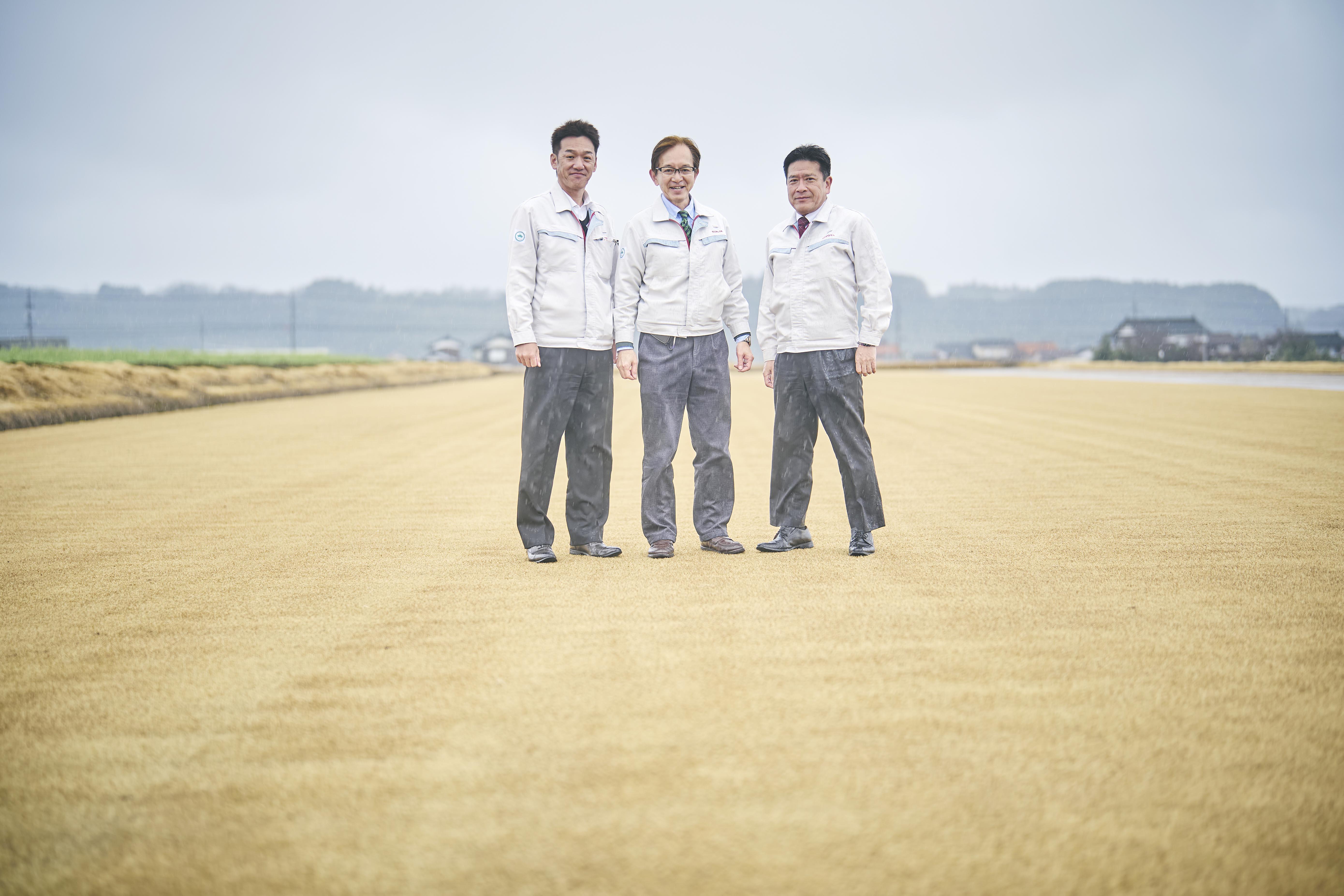
Next up, producers share their thoughts on the widespread issue of farmers struggling to make ends meet.

